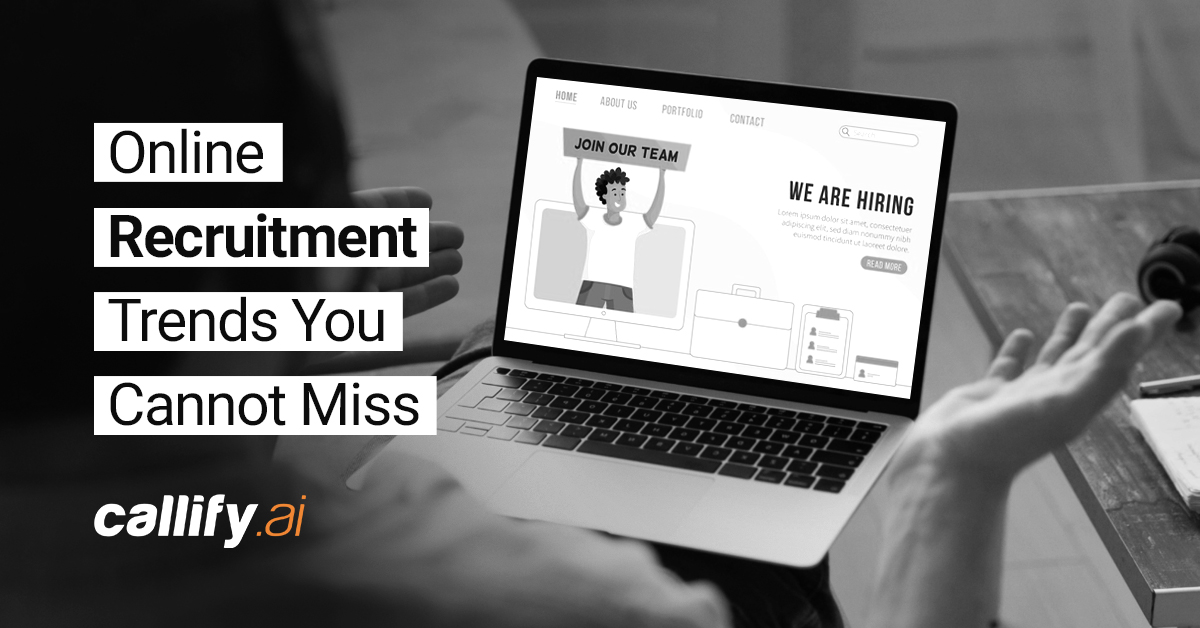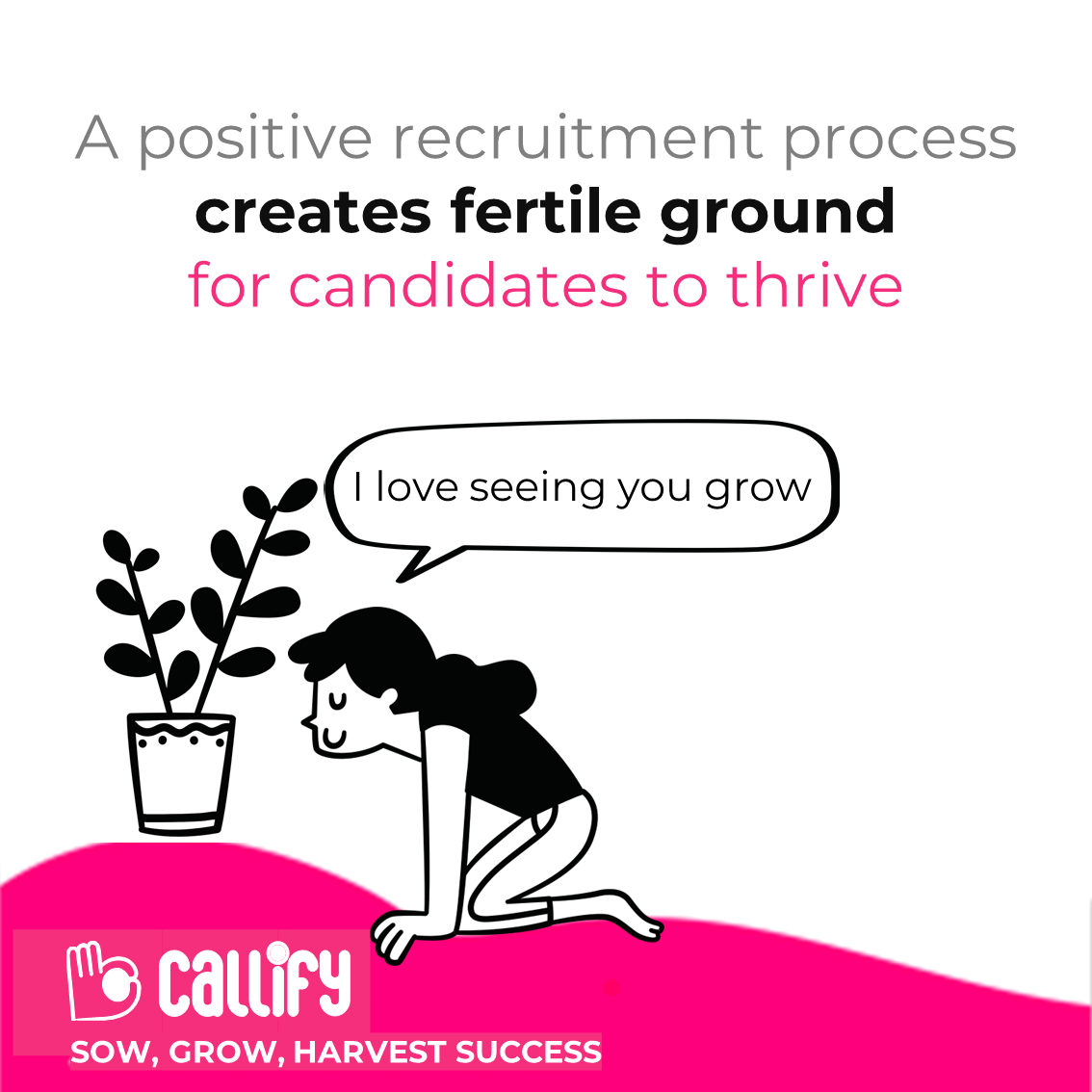Understanding Workforce Analytics
What gets measured, gets managed; what gets managed, gets executed.
– Peter Drucker
With big data recruitment gaining momentum, HR professionals are expected to take decisions that are data-driven and give a competitive edge to the organizations. Workforce analytics is one such tool that can help you to make the most of data to generate intelligent and informed results.
What is Workforce Analytics?
Workforce Analytics is the application of data analysis to HR processes such as employee engagement, performance appraisals, learning & development, etc. to arrive at fact – based results.
Why Workforce Analytics?
- It applies logic to talent to identify future trends, thereby enabling smarter decisions with respect to people as well business. This can establish greater credibility of HR at the strategy table.
- With well-analyzed past trends, future events can be anticipated and organization can cope better with the changes. Organizations can be predictive rather than reactive to the business situations and market changes.
Four Levels of Workforce Analytics
- Level 1: Operational Reporting: Isolated data chunks, reactive approach.
- Level 2: Advanced Reporting: Benchmarks and dashboards, proactive approach.
- Level 3: Strategic Analysis: Links business and talent through statistical modelling,cause-result approach.
- Level 4: Predictive Analysis: Overall scenario planning (talent, business, macro-economy, etc.), risk analysis and mitigation approach.
Workforce Analytics and Recruitment
A survey conducted by Harris Poll and Career Builder in 2015 revealed that 50% of CEOs agreed that they have lost money due to inefficient recruiting policies. What is more interesting is that 90% of them felt the need to adopt workforce analytics to make better recruiting decisions. An organization can benefit with predictive analytics in recruitment in the following ways:
- Understand the job market – what kind of profiles candidates expect, what kind of job descriptions work, what are the best job boards and what kind of hiring policies work.
- Set standards and expectations – what are the expectations of employees, what kind of HR policies should be framed and what type of ownership / accountability should be set.
- Influence business outcomes – establish strong communication with other business functions, collaborate on solutions and take holistic decisions.Now that you know that data analytics in recruitment is the next big thing, are you ready to embrace it?
Reckrut can help you with smart, technology-based recruitment techniques. Get in touch with us today to know how.







